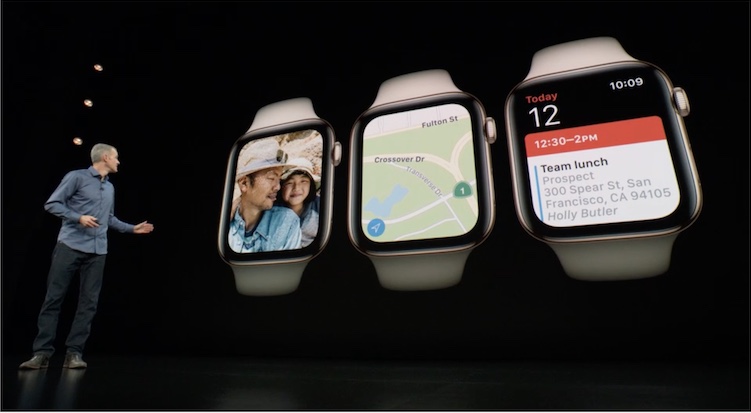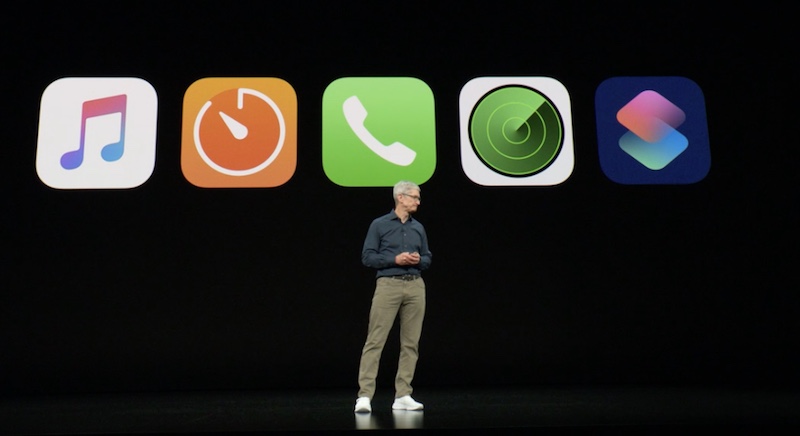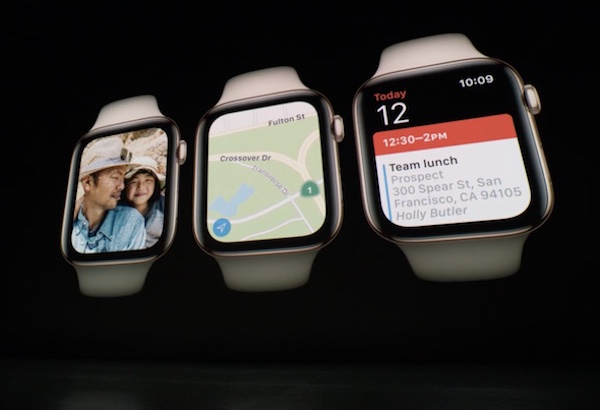Apple Event Focuses on Devices Over Siri – Watch and iPhone Take Center Stage, HomePod Gets the Leftovers

As expected, Apple’s annual fall hardware event focused on its flagship products that are personal devices. Watch 4 led off the discussion with a larger watch face screen and a number of new features, primarily for health and fitness. That was followed by iPhone XS, XS Max and XSR. How do we know when we are watching the evolution of mature markets? For both products, it was all about features devoid of romance. Even in their videos, the was a focus on functionality over emotion. Not very Apple-like. But, this is the new Apple.
Then there is Siri which made its debut 52 minutes into the event in a reference to the new shortcuts feature. The discussion was not a demonstration but rather a canned set of screens showing how the presenter used it getting out the door in the morning. There was a simulated appearance by Siri used to kick-off the shortcut, but no live Siri interaction was on display or even Siri’s voice.
New HomePod Features Squeak In

Over 90 minutes of product presentations were complete before Apple HomePod was finally mentioned. As expected, the focus was the availability of a few new features that had previously leaked. Music lovers will like that they can now search for a song by lyrics (a feature available from Amazon Music since at least 2016) and audiophiles will appreciate Apple’s long promised stereo feature that allows users to combine two HomePods in a single space. The integration of Find My iPhone is an obvious use case that will be appreciated by users. Find your phone is also one of the most popular Alexa skills for Echo users. HomePod will also add a calling feature to help it better match core functionality offered by Alexa and Google Assistant-based devices.
The more important feature announcement was the integration of Siri Shortcuts with HomePod. This is helpful for supporting all sorts of personal workflows so that a single command can kick off a number of related processes. Apple demonstrated this feature on the iPhone at WWDC in June and it is a must for smart speakers, particularly to support smart home “routines” as Amazon and Google call them.
If you are disappointed by the Apple event today because of its lack of focus on conversational, voice and smart speaker capabilities, you should probably get used to it. HomePod has a lot of catching up to do. It launched 3.5 years after Amazon Echo and 1. 5 years after Google Home. It takes awhile to build out a big feature stack. And, Apple is a device-centric company that is likely rewriting Siri from the ground up so it can better compete with Alexa and Google Assistant. Until we see a big update from Siri, HomePod feature updates will only trickle out as Apple addresses gaps that are not Siri-dependent, which is a short list.
Follow @bretkinsella Follow @voicebotai
Siri Shortcuts and Suggestions Hope to Deliver More Useful Voice Assistant Features
Amazon Maintains Smart Speaker Market Share Lead, Apple Rises Slightly to 4.5%









